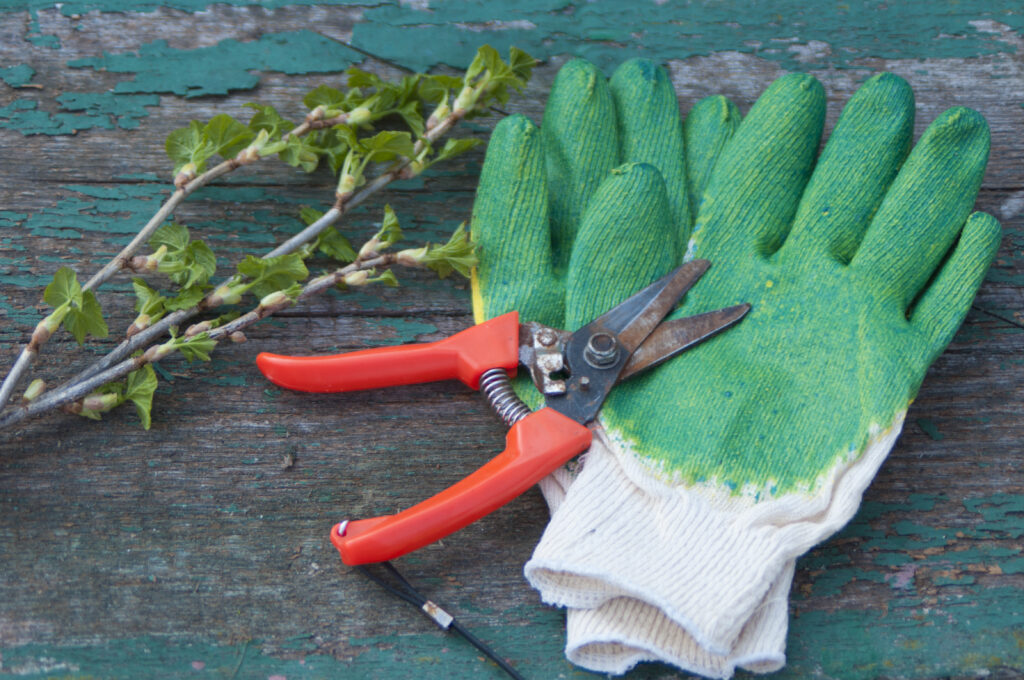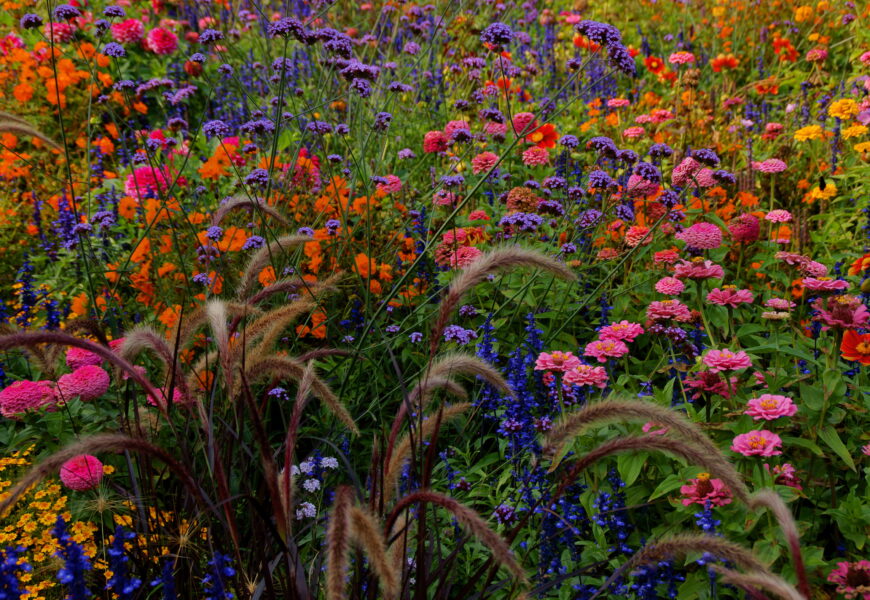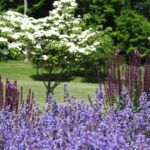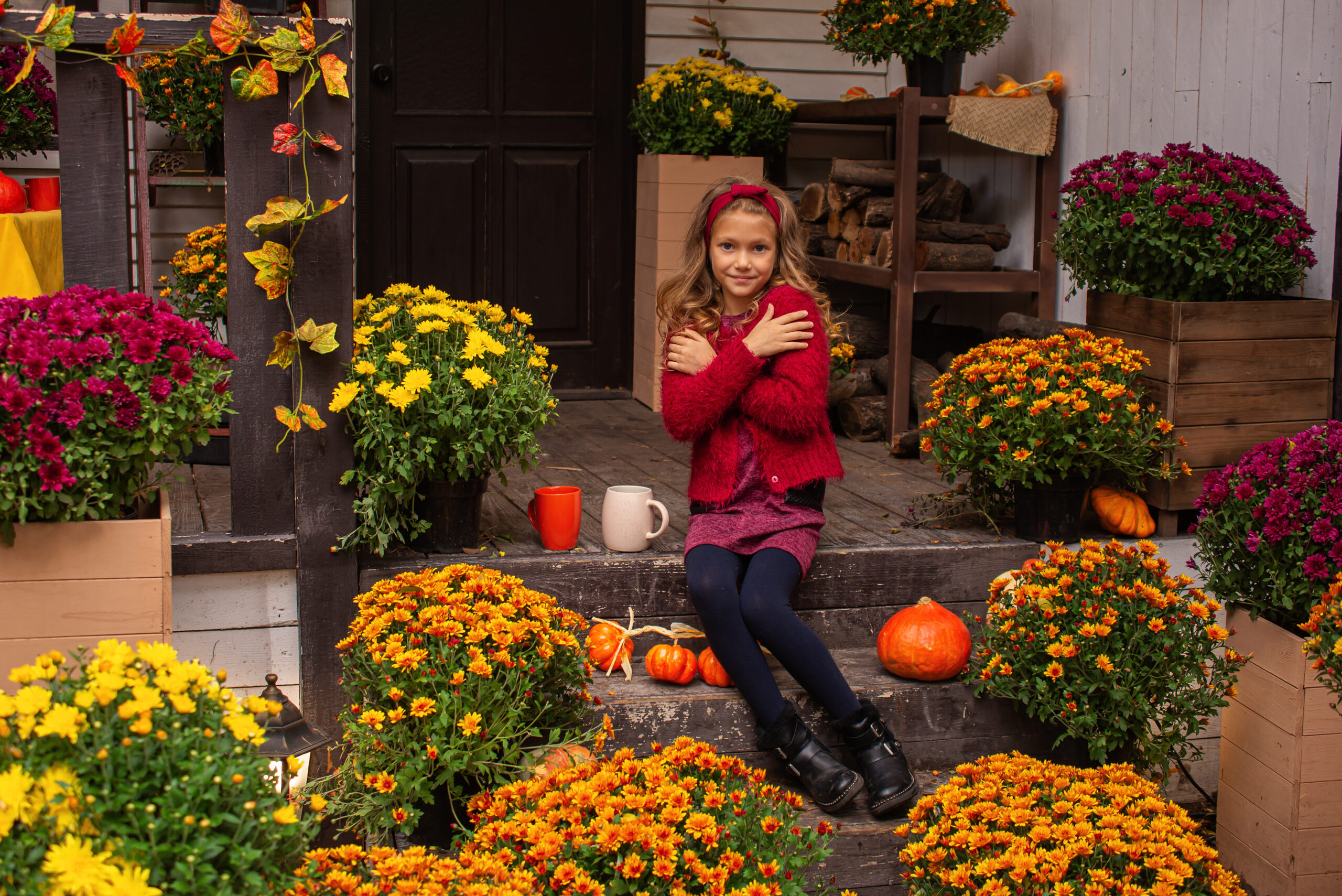The perennial garden changes with the seasons, needing careful attention to grow and rest. Knowing when to help your garden thrive or rest is key. Each perennial has its own best time, influenced by the seasons. Learn why the perennial planting guide and pruning tips are vital for a balanced garden.
Seasonal planting is more than just digging holes. It’s about understanding when to divide irises and protect spring bloomers. It’s also about ensuring your soil has the right nutrients. By following seasonal gardening tips, you can create a garden that responds well to each season.
Pruning your Columbine after it blooms and cutting back Asters and Mums after they flower helps with growth and rest. Gardening involves tasks like mulching in fall and dividing in spring. These actions create a dynamic garden. Let’s explore how to prune and plant at the right time, following the seasons.
Understanding the Benefits of Perennials in Your Garden
Adding perennials to your garden makes it look great and helps the environment. They come back every year, unlike annuals. Plants like black-eyed Susans, lavender, and hydrangeas bring beauty and need less care. They also attract bees and butterflies, which help pollinate other plants.
Perennials can live for up to 50 years, like peonies and iris. This means you don’t have to replant them often. They handle changes in temperature and need less water, making your garden easier to care for.
These plants also help the soil and prevent erosion. Their roots improve soil air and water flow, making your garden healthier. Choosing native plants like bee balm and joe-pye weed helps your garden support local wildlife.

Perennials make gardening easier and cheaper over time. They come back each year, so you don’t need to replant. This saves work and money, especially for gardeners who want a garden that grows with little effort.
It’s good to mix perennials with some annuals like marigolds and petunias. Annuals add color and fill in gaps while perennials grow. This keeps your garden colorful and lively all year.
Using the right perennial planting guides helps gardeners have a beautiful, easy, and green garden. Perennials are a smart choice for both new and experienced gardeners.
Timing Your Planting and Pruning for Seasonal Success
To get the best out of seasonal gardening, timing is key, especially with planting and pruning perennials. Knowing when to plant and prune can make your plants grow better and bloom more beautifully. For example, pruning after the first bloom can make flowers last longer, making your garden look great.
In autumn, cut back perennials like Bee Balm, Hardy Geraniums, and Hostas to get them ready for winter. This keeps your garden neat and helps your plants grow stronger next year. Seasonal gardening tips also say not to cut back Hydrangeas and Rose Shrubs in the fall to avoid harming their spring growth.
It’s best to prune most perennials after the first frost, when they’re dormant. This is especially true for Phlox, which benefits from pruning to come back strong in spring. Ornamental grasses like Feather Reed Grass and Fountain Grass should be left as is to add beauty in winter and help wildlife.
Also, planting and pruning perennials at the right time can stop problems like too much growth and pests. By planning your garden with plants that need the same amount of water, you make sure they all get the care they need. This approach helps avoid waste and keeps your garden beautiful all year.
Tools and Techniques for Perennial Pruning Mastery
Learning how to plant and prune perennials makes your garden look better and helps plants grow strong. You’ll need sharp shears or hand pruners for clean cuts. Also, keep a disinfectant like rubbing alcohol or Lysol handy to stop diseases from spreading.

Choosing the right pruning methods is as important as having the right tools. Deadheading, or cutting off spent flowers, can make plants bloom longer. It helps them focus on making more flowers instead of seeds. Thinning stems lets air move better and lowers disease risk. Making strategic cuts can also make plants fuller and more bloomy.
When it comes to perennial pruning tips, timing and how you cut matter a lot. The “Chelsea Chop” cuts perennials back in late May for a fuller plant with more blooms. This works well for plants like Sedum, Phlox, and Asters, which do great with summer pruning for a second bloom.
For more on planting and pruning perennials, keep learning about different plants. The Illinois Extension is a great place to find tips and advice on caring for perennials. They offer public outreach to help you learn the best ways to care for your perennials.
Whether you’re new to gardening or have been doing it for years, using these tools and methods will keep your garden looking great. Every perennial is different, so knowing what they need lets you care for them better. This way, your garden will be full of life and color all season long.
Pruning Perennials: A Seasonal Schedule
Pruning perennials is key to keeping your garden healthy and full of life. Knowing when to prune helps plants grow better, boosts flowers, and keeps pests and diseases away. For effective seasonal perennial planting, it’s important to know the best pruning tips for each type of plant.
In places like Vermont, fall is the best time to prune perennials like Phlox, Lilies, and Hostas to protect them from winter damage. Cut them back after the first frosts. On the other hand, mums and coneflowers do well when pruned in spring, just as they start growing again. This timing helps them bloom more and stay healthy.
Some perennials, like Bee Balm and Columbine, need pruning right after they stop flowering in fall. This encourages new growth and keeps their shape. Echinacea and Sedum, however, need less pruning and should be protected during winter. They look good in winter and help wildlife.
Pruning is more than just cutting plants back. It’s about making smart choices based on the plant’s health and its environment. Pruning in fall can stop pests or diseases from spreading, which is good for your garden’s health. It also helps keep the soil healthy by removing dead or sick plants.
Whether you’re dealing with spring flowers or getting your garden ready for winter, adjusting your pruning for each season is key. With the right knowledge and tools, your seasonal perennial planting efforts will pay off. You’ll have a garden that looks great all year.
Meeting the unique needs of different perennials is crucial for a beautiful and sustainable garden. To improve your pruning, look into specific tips for each perennial. This will help your garden thrive year after year.

Seasonal Perennial Planting: Choosing the Right Time to Plant
Timing is key when planting perennials due to the varied climates across regions. Experts recommend spring and fall as the best seasons for planting. These seasons help perennials establish strong roots without extreme temperatures.
Perennials can live for years, needing a good start. They thrive with proper care, including good soil and enough water and nutrients. Most perennials need about 1 to 1½ inches of water each week.
They also might need staking to handle the weather. To keep them blooming, cut off old flowers. Use weeding or herbicides carefully to control weeds. This care ensures your perennials will bloom for years.
Perennials can grow in full sun or partial shade. They come in many types, fitting different soils like dry or rocky ones. Some can even bloom again in warm spots. Planting at the right time is crucial for their success.







